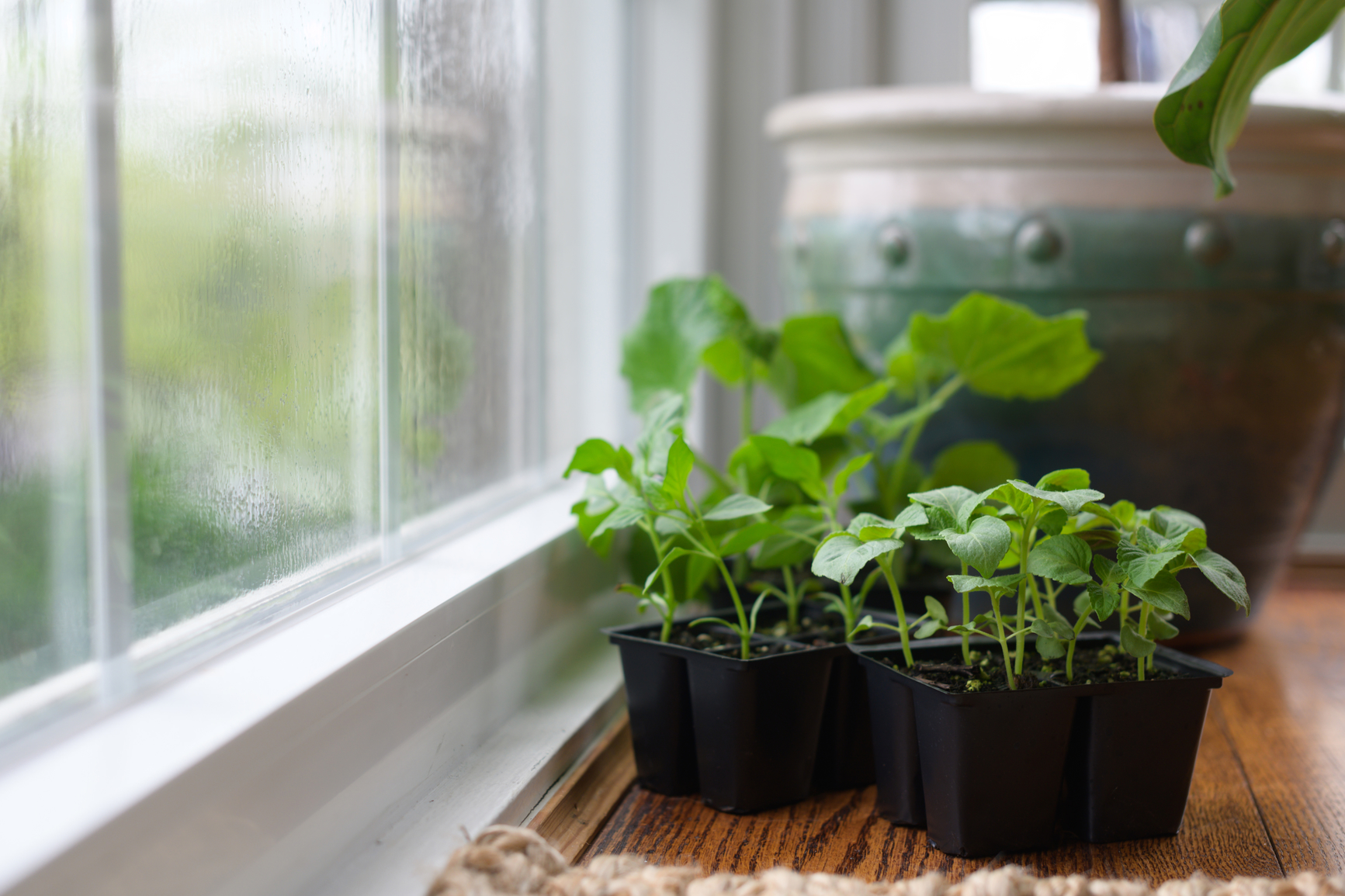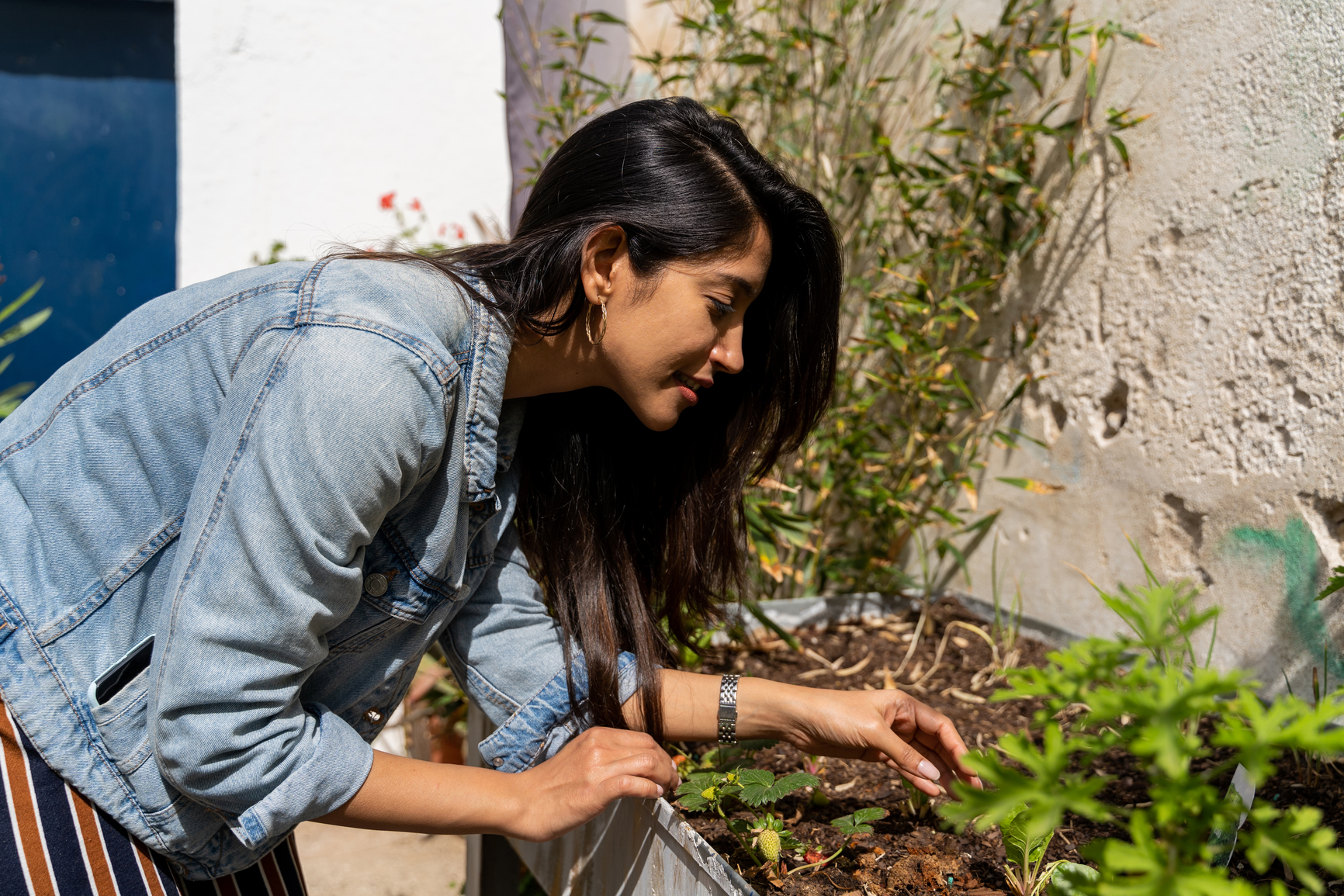The Dos and Don’ts of Planting Your First Edible Garden
Published February 25th, 2022
Growing your own veggies is a satisfying and worthwhile venture. The nutrients are at their peak when first picked, meaning you won’t believe the flavor and freshness you’ll taste by minimizing the distance from off the vine to in your mouth. There’s a special kind of crunch that comes from a homegrown, crisp cucumber or a juicy tomato that you’ve planted and harvested with your very own hands. Plus, when you grow your own food sources, you have the opportunity to build the soil and pack it in with nutritive minerals and phytonutrients that are often missing in this modern age of soil degradation. Even if you don’t have acres of land to spare, you can tuck seeds into potted plants by a windowsill and have fresh cut herbs atop your breakfast omelet or evening macro bowl. Gardening can sound overwhelming, but it doesn’t have to be—especially if you go in with a solid game plan. Below, find a few dos and don’ts to start your own at-home Eden.
DO: SAY “YES” TO SUN
Just like people, plants cooped up in a dark corner won’t thrive—(most) living things need the sunshine. There are nuances and exceptions of course, so make sure to do your homework and position accordingly.
DON’T: JUST GO ON INSTINCT
Since this is likely your first garden, you’ll need to do your homework. Use this map to determine your USDA Plant Hardiness Zone, which will guide the varieties that will best thrive in your local ecosystem. Gather all the information ahead of time in terms of soil, water, and sun, and be sure to check if the culinary plants are biennials, perennials, etc. This will set you up for success.
DO: DRAIN WISELY
Each plant prefers its own specific regimen of sun and water. While some plants love to live in moist soil, others can become waterlogged and wilt away. Bottom line: overwatering can be as detrimental to your plants as underwatering. Depending on the climate and your specific plant, invest in planting pots with drainage holes and talk to your local nursery about the watering requirements. Also important to note—if your plant came in a plastic planter inside of a decorative pot, be sure to remove the inner planter when watering for ample drainage.
DON’T: OVER-FERTILIZE
While the soil is critical for nutrients, being over generous can foster too much yield with too little flavor. When picking out the right soil, make sure to look for food-specific fertilizers, and seek out varieties that incorporate organic insect repellent methods in the mulch.

DO: CUT YOUR GROCERY BILL
Fancy gem lettuces and baby greens are sometimes the most pricey items in the produce section, but they’re quite easy to grow yourself. Springtime is the best time to grow them since they don’t need too much sunlight, and love a moist environment.
DON’T: GROW OUT, GROW UP
When space is tight, guide your plants to grow up—rather than sprawling out—by using poles, small fences, or a mini trellis. These small fences also perform double duty as protection against pests, birds, and rodents, who will gladly snack on your strawberries and spinach before you get the chance. If you want to be extra cautious, look into building out a small cage as a sanctuary for your budding produce. Trellises and poles will also ensure there’s less of a chance of your vegetables dealing with fungal diseases, as they won’t be trying to fight over garden real estate.
DO: KNOW WHO PLAYS NICELY
“Interplanting” is a smart tactic to help compatible crops grow together. Indigenous people have been doing this for hundreds of years. Native Americans planted the “three sisters,” which includes corn, squash, and beans. You can also plant basil and onions, radishes and carrots, lettuce and peas, or beets and celery together.
DON’T: FORGET MINIS
If you’re working with tight quarters, look for the words like pixie, tiny, micro, compact, and baby in varietal names on the seed packets. Microgreens are delicious, plus there is compelling research to show that they are more dense with antioxidants than their mature counterparts.
